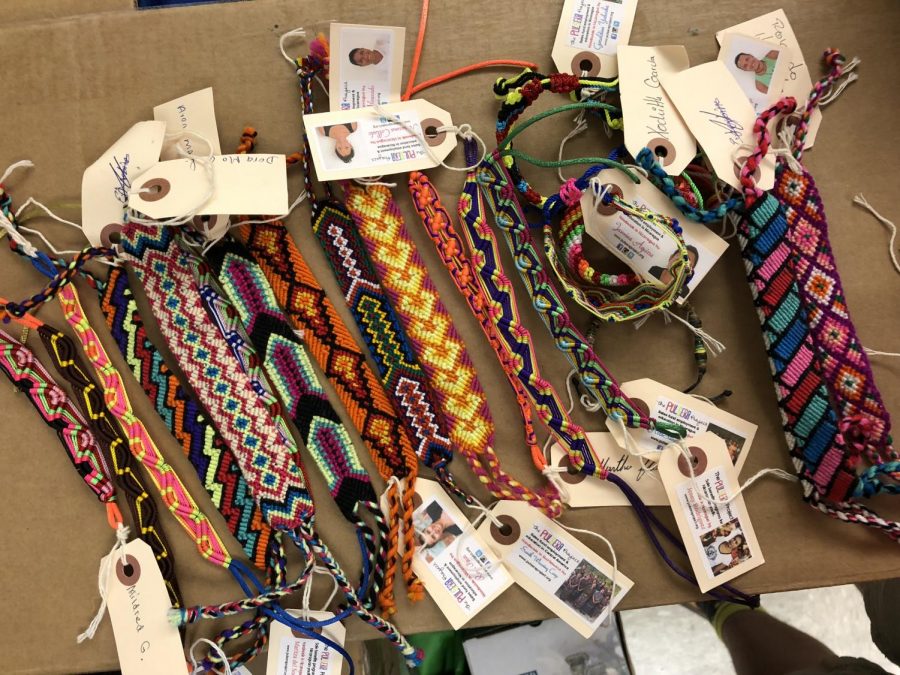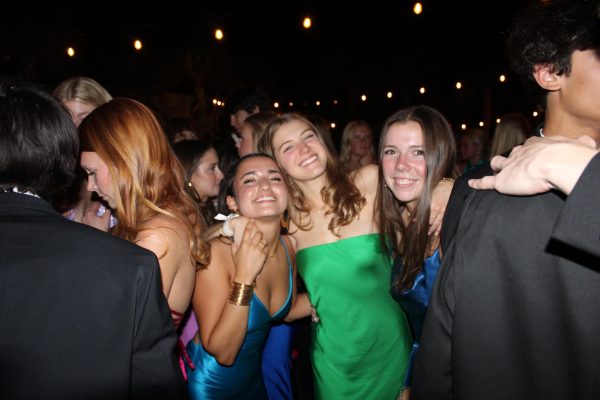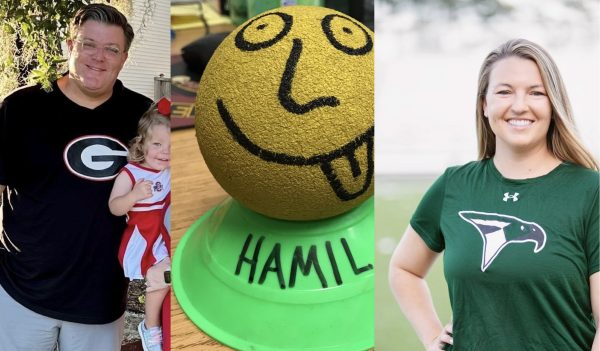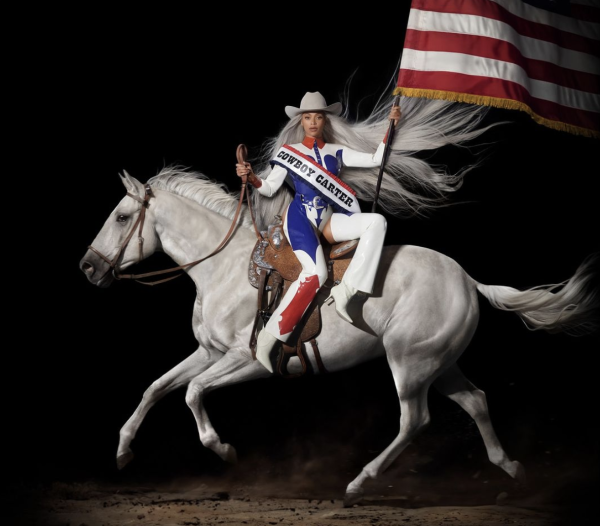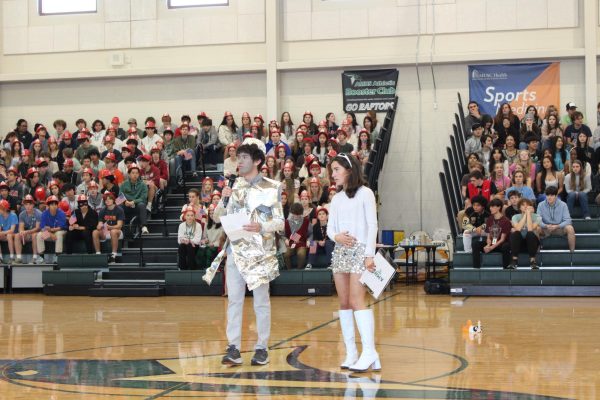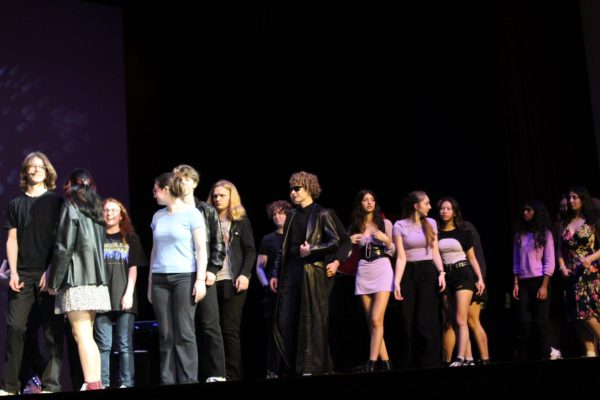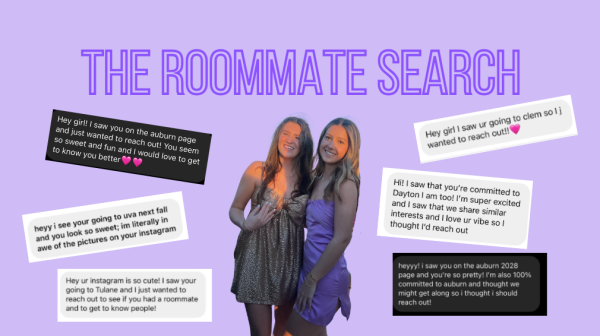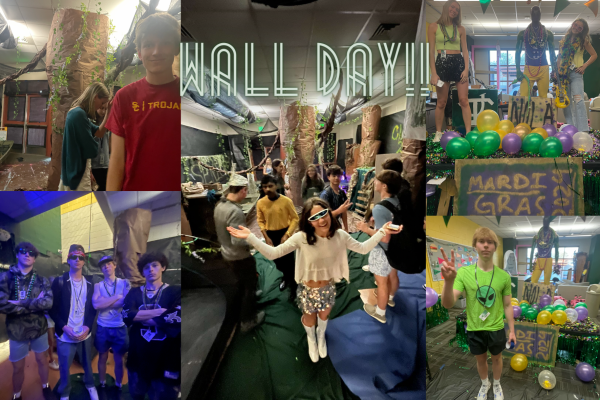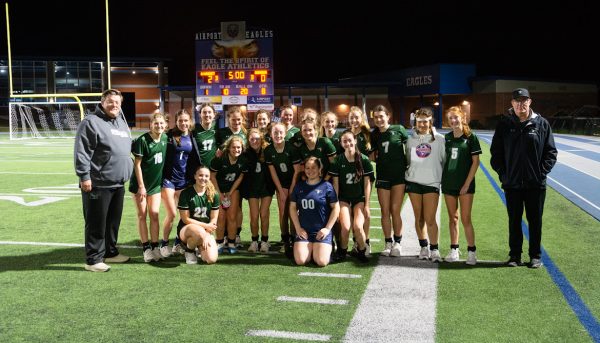Pulsera Bracelets Return
Is your wrist looking a little bare? Need to accessorize next to that Rolex? Pulsera bracelets return to Magnet by popular demand.
The past two years Magnet has sponsored the Pulsera Project to sell bracelets throughout December. Seniors Jared Lipton and Lindsay Lankau brought the Pulsera Project back with help from Señora Shields. They will go on sale starting Monday, December 3rd, until December 14th during lunch inside the Cafeteria. Every bracelet is 5 dollars each.
Jared Lipton says about the Project, “This is one fundraiser that you can really see the difference that you’re making. Literally on each bracelet you can see the artisan you’re benefitting by supporting their craft. Beyond providing a Fair Trade market for the under-appreciated art of the Nicaraguan artisans, the proceeds go to support scholarships for the families involved and sponsor community development in Nicaragua. Plus, the pulseras are legit and fun to wear everywhere. Come out and support the Pulsera project!”
The Pulsera Project employs Central American artists to make colorful bracelets, or in Spanish “pulseras”. More than 2,400 schools in the US help sell pulseras to give back to the artists. The near 200 artists are from Nicaragua and Guatemala. All the money raised goes to fund programs in Central American communities. Some projects include housing programs, university scholarships, workers’ rights associations, and even environmental groups. In 2018, the Project aims to focus on women’s empowerment, education, and more nonprofit social enterprises.The Pulsera Project mission control center is actually based here in Charleston.
This is one fundraiser that you can really see the difference that you’re making
— Jared Lipton
Some of the artists employed include the “Sí a La Vida”, a youth shelter in Nicaragua. Some of the older teens make pulseras as a part of the arts education in school. Part of the funds made go back to the shelter.
Over 4 million dollars has been raised through Pulsera volunteer since 2009 and more than 800,000 bracelets, with all of the profits going back to the artists and their communities. Besides giving back to Central America, the Project also seeks to educate other communities about their culture. Through documentary films and presentations, students can learn about a life abroad.
Pulsera began in 2009 when 13 friends traveled to Nicaragua for their winter break. Besides surfing and hiking, the crew also wanted to find the true culture of the country, and not just experience the tourist point of view. They stumbled upon a group of artisans on a mountain side near Managua. The group gave the Americans pulseras as a parting gift, thus giving them the idea of the Pulsera project.
It is a Fair Trade organization. This means that their business model focuses more on using small producers from around the globe who are economically marginalized. Fair trade organizations give opportunity for businesses in developing countries to grow.



